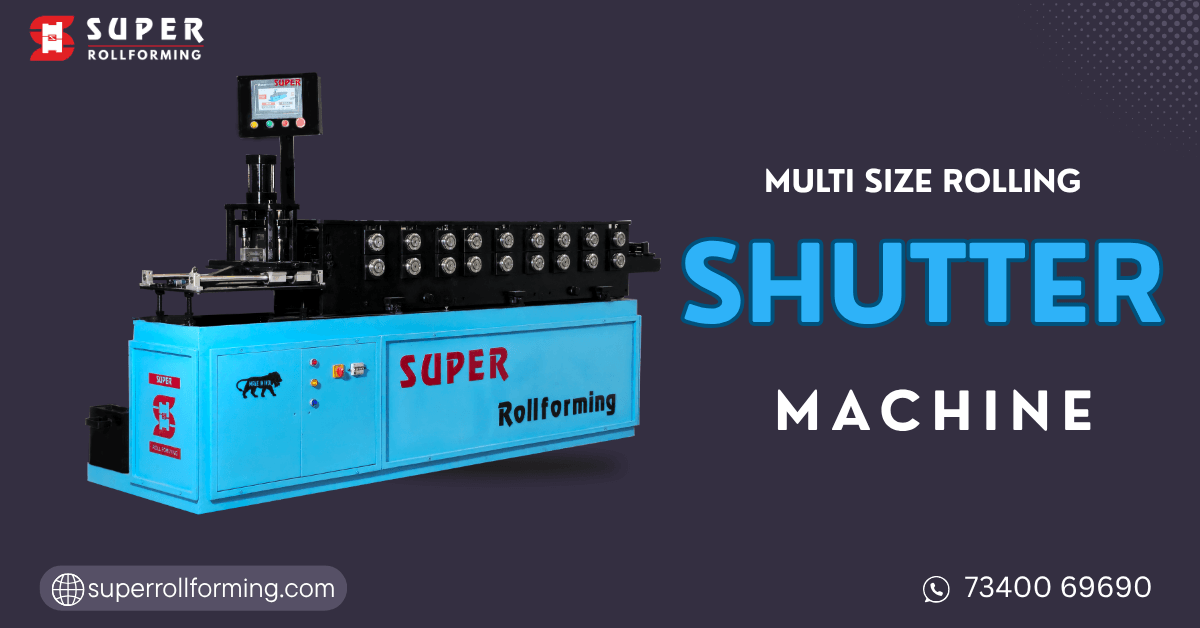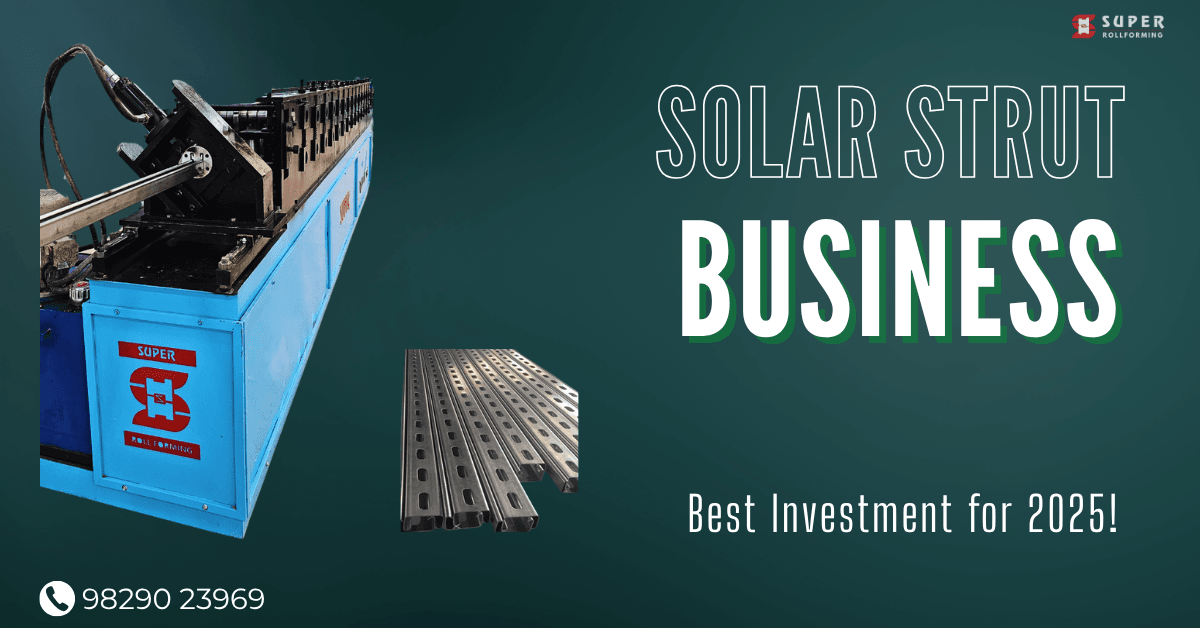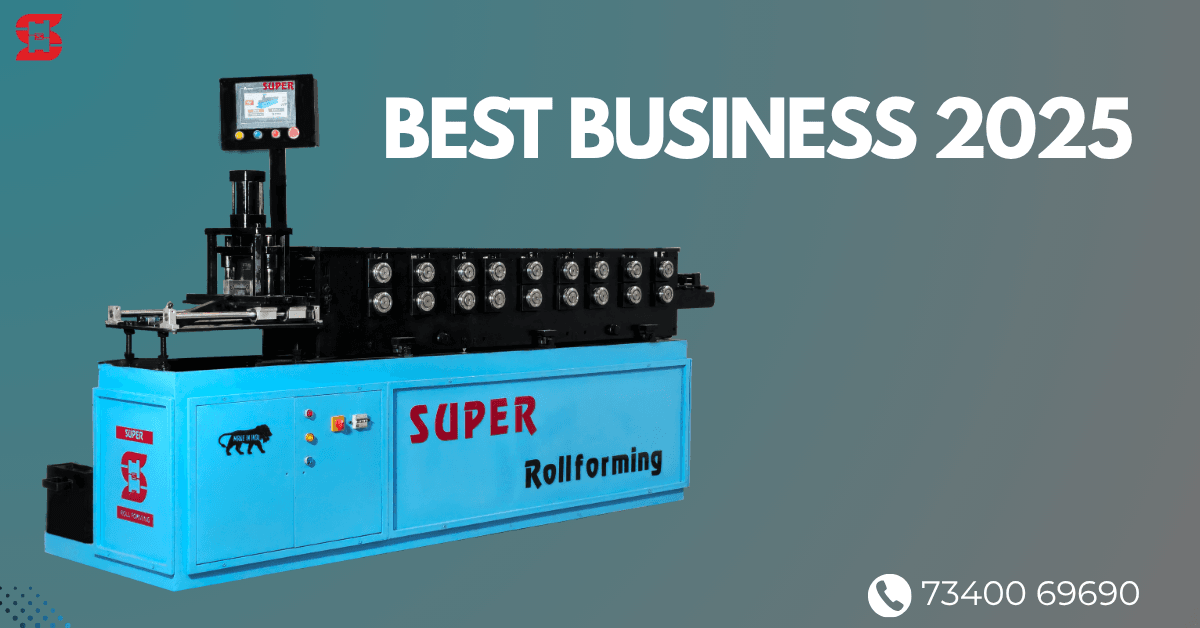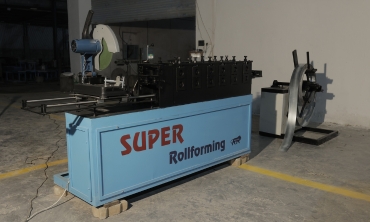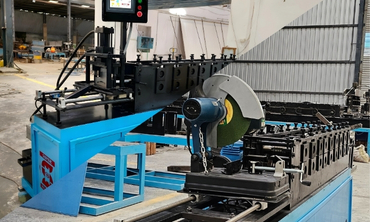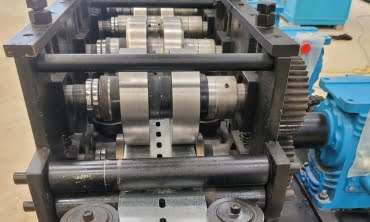I. Understanding the Roll Forming Process and Its Applications
The roll forming process is a continuous metal-forming technique that converts flat metal strips, typically coiled steel, into desired profiles. The material passes through a series of roll stands, each progressively shaping the strip until the final product is formed. After shaping, the strip is cut to the required length, completing the process.
Roll forming has versatile applications in industries such as automotive, construction, aerospace, and electronics. Common products include steel channels, metal roofing, window frames, and automotive parts.
II. Reshoring Manufacturing in India: Key Factors and Benefits
Several factors are driving the reshoring of manufacturing operations to India:
- Rising labor costs in traditionally low-cost countries
- Global trade tensions and tariff policies
- Logistics challenges and long shipping times
- A desire for better quality control and protection of intellectual property
- Availability of advanced manufacturing technologies like roll forming
The benefits of reshoring include:
- Reduced lead times and faster response to customer needs
- Better quality control with fewer defects, resulting in greater customer satisfaction
- Lower transportation costs and reduced environmental impact
- Government incentives and support for domestic manufacturing
- Job creation and economic growth in local communities
III. Advantages of Roll Forming in India
The adoption of Super Rollforming’s cutting-edge roll forming technology offers substantial benefits for reshoring manufacturing in India:
Cost Reduction: Roll forming provides significant savings over other metal-forming processes like stamping or extrusion. The lower tooling costs, minimal material waste, and decreased labor costs make it highly efficient.
Increased Efficiency: The continuous nature of roll forming enables high-speed production, scalability, and easy automation, improving overall productivity.
Improved Product Quality: Roll forming’s incremental bending process reduces defects such as warping or surface imperfections. The technology ensures tight tolerances and consistent quality with fewer steps.
Flexibility and Customization: The ability to produce custom parts with minimal setup time allows manufacturers to create complex shapes with tight tolerances in a single pass, improving product development cycles.
Sustainability: Roll forming is a greener process, generating less material waste and using less energy than traditional metal fabrication methods, contributing to a reduced carbon footprint.
IV. Roll Forming in Action: Real-World Case Studies
Case Study 1: An Indian automotive manufacturer switched to roll forming for its component production, resulting in a 15% reduction in costs compared to traditional stamping. The savings were achieved through material efficiency and automated processes.
Case Study 2: A construction supplier in India used roll forming to produce custom steel sections for infrastructure projects. This move resulted in faster lead times, improved product quality, and the reshoring of production from overseas suppliers.
Conclusion:
Roll forming is playing a critical role in enabling India’s reshoring efforts by providing manufacturers with a cost-effective, efficient, and sustainable way to enhance domestic production. As more industries adopt Super Rollforming’s advanced technology, the reshoring trend will continue to strengthen India’s manufacturing capabilities.
By investing in roll forming, businesses can capitalize on the benefits of reduced costs, improved product quality, and a greener production process, all while supporting local economic growth.

